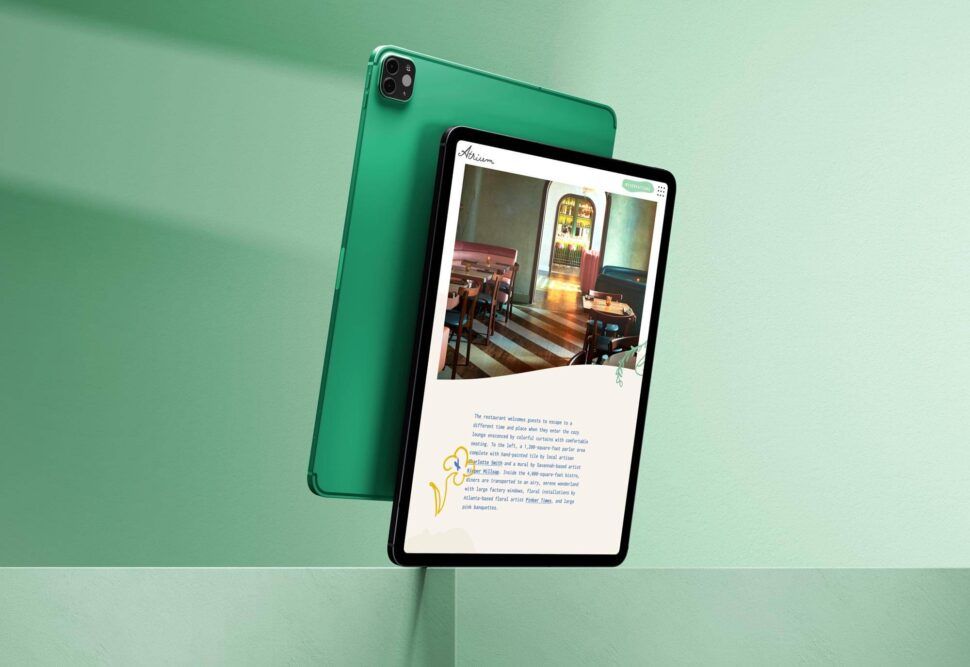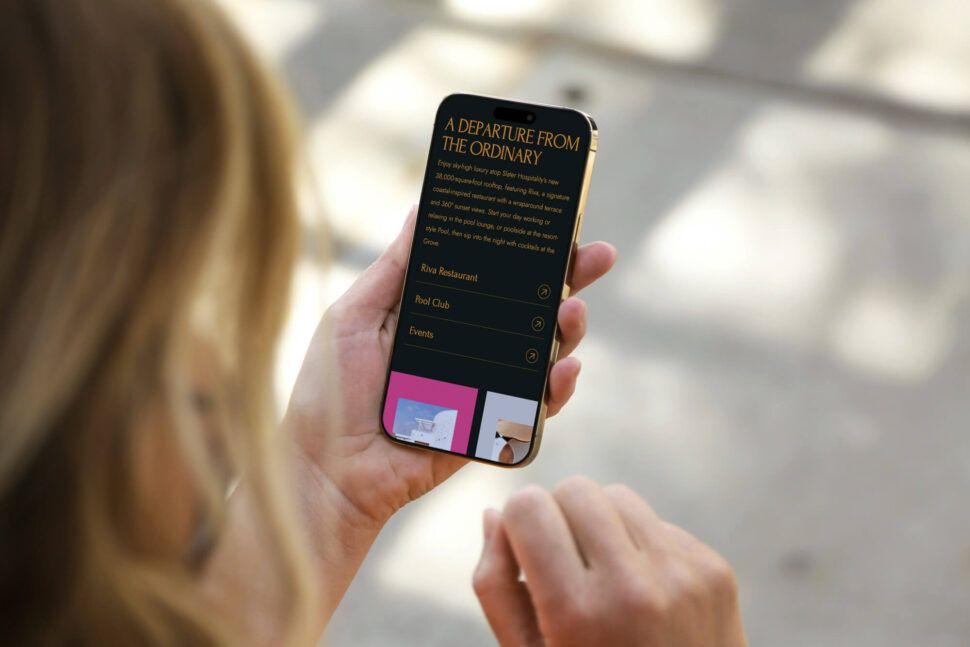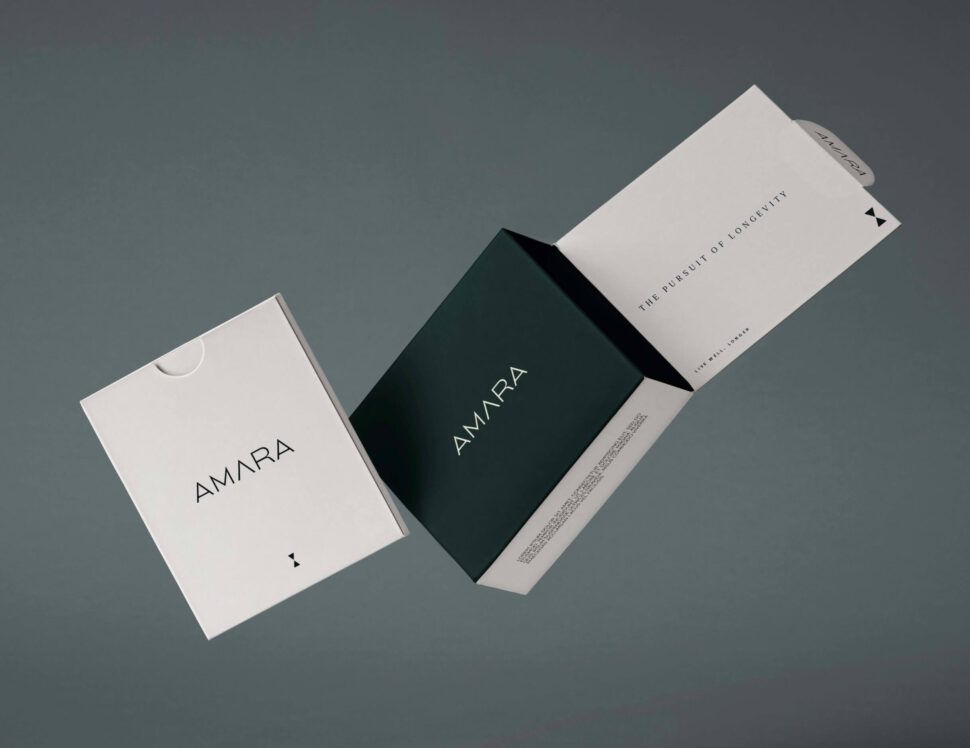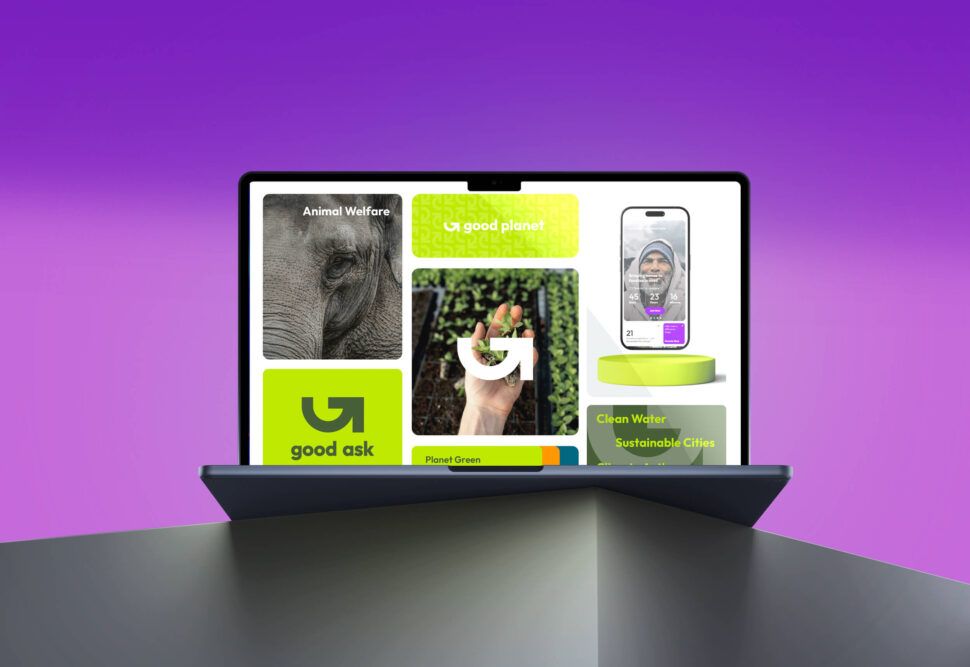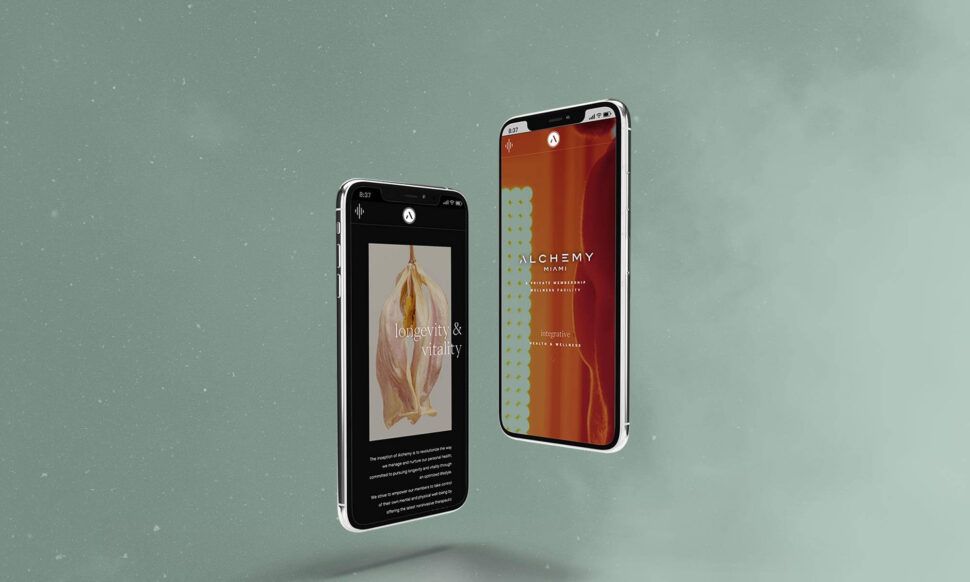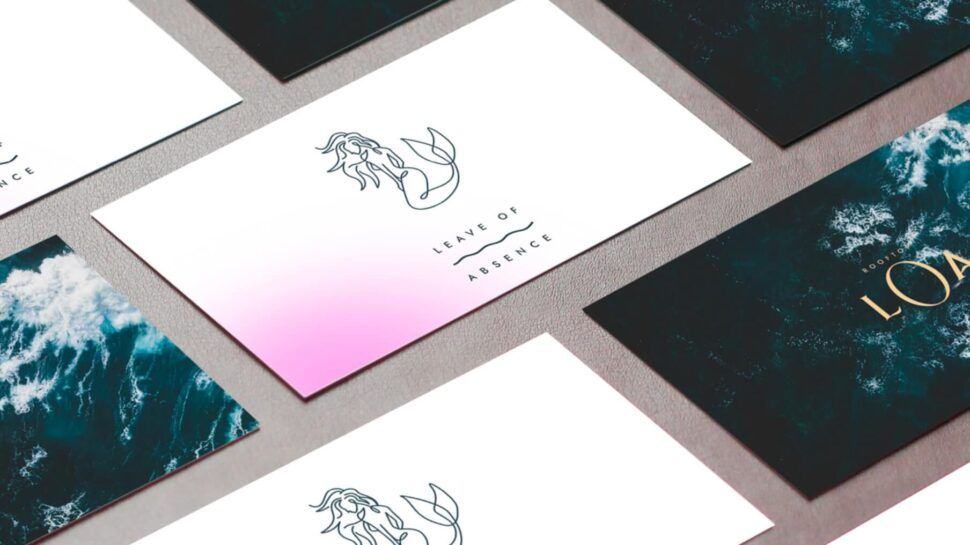June 16, 2025
Transform Your Web Design: Essential Tools for Implementing Psychology Effectively
- Visual Soldiers
- Web Development
- minute read
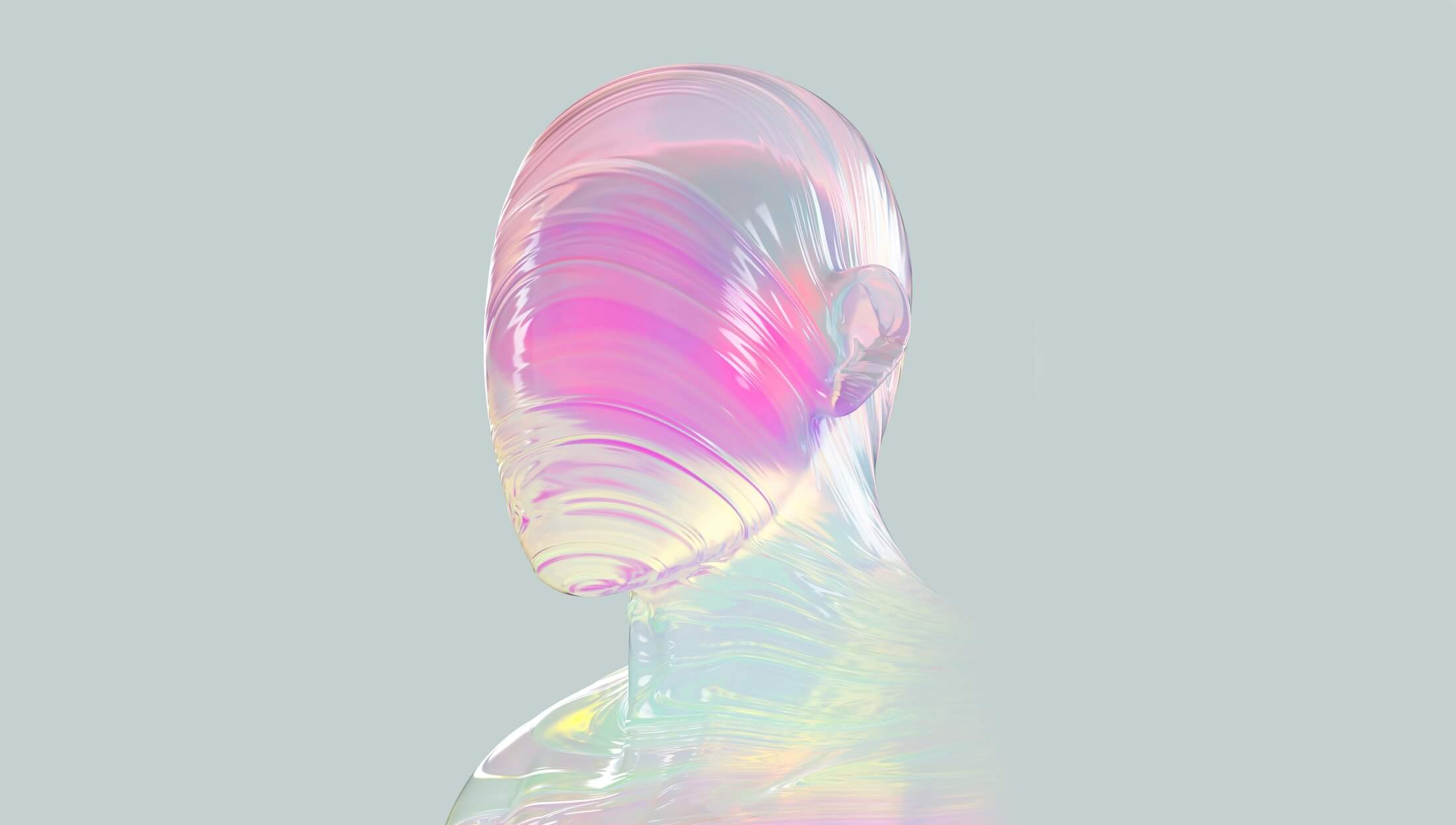
TLDR
Want to make your website work smarter, not harder? Bring a little psychology into the mix. By tapping into how people think and behave, you can design more intuitive layouts, use colors that actually mean something, and guide users exactly where you want them to go. Pair that with behavior analytics and a mindset for constant testing and tweaking, and you’ve got a recipe for a digital experience that doesn’t just look good—it converts.
Crafting an engaging and effective web design goes beyond aesthetics; it’s about understanding how users think and behave. This is where the intersection of psychology and web design plays a vital role. By leveraging tools for implementing psychology in web design, designers can create experiences that resonate with users on a deeper level, ultimately driving better engagement and conversions. Whether you are a seasoned web designer or just starting your journey, this article will guide you through key psychological principles, the tools essential for analyzing user behavior, the application of color theory, and techniques for continuous improvement through testing and iteration.
Understanding the Intersection of Psychology and Web Design
When it comes to creating a compelling online presence, understanding the intersection of psychology and web design is crucial. Users navigate websites not just through visual elements, but also through emotional responses and cognitive processing. By leveraging tools for implementing psychology in web design, designers can enhance user experience, guiding visitors towards desired actions, such as making purchases or subscribing to newsletters. For instance, color psychology plays a significant role; warm colors can evoke feelings of excitement, while cooler tones tend to promote calmness and trust. Additionally, using principles like consistency, simplicity, and intuitive navigation can significantly reduce cognitive load, making it easier for users to find what they need. Ultimately, the thoughtful application of psychological principles in web design doesn’t just improve aesthetics; it fosters engagement and builds loyalty, making your website a powerful tool in achieving your business objectives.
Key Psychological Principles to Apply in Web Design
When it comes to crafting an engaging and effective website, understanding the psychology behind user behavior is essential. Tools for implementing psychology in web design can create a more intuitive experience that resonates with visitors on a deeper level. For instance, employing principles like the ‘F-shaped pattern’ helps in structuring content so that users naturally see the most important information first. Additionally, using color psychology can significantly influence emotions and decisions; warm colors may create feelings of excitement, while cooler tones often promote calmness and trust. Another invaluable tool is the concept of social proof, leveraging user testimonials and reviews to build credibility. By incorporating these psychological principles into your design strategy, you can enhance user engagement, boost conversions, and create a website that fulfills user needs and expectations effectively.
Essential Tools for Analyzing User Behavior
When it comes to creating a user-friendly website that resonates with visitors, understanding user behavior is crucial. This is where tools for implementing psychology in web design come into play. By utilizing various analytical tools, designers can gain insights into how users interact with their websites, allowing for informed decisions that enhance the overall user experience.
Google Analytics is one such tool that provides invaluable data about user interactions, from bounce rates to session durations. Another powerful option is Hotjar, which visualizes user behavior through heatmaps and recording sessions, revealing where visitors click and how they navigate your site. Additionally, tools like UsabilityHub can provide feedback on design choices through user testing, allowing you to see firsthand how your audience perceives your web interfaces. These tools aren’t just about collecting data; they enable you to apply psychological principles to foster better engagement and satisfaction on your site. By leveraging these insights, you can create a design that genuinely resonates with your users, ultimately leading to increased conversions and brand loyalty.
Utilizing Color Theory and Visual Hierarchy
When it comes to web design, understanding the power of color theory and visual hierarchy can significantly enhance user experience and engagement. Utilizing tools for implementing psychology in web design not only beautifies a website but also guides users through their journey in a meaningful way. Colors evoke emotions; for instance, blue can instill trust, while red might evoke urgency. By strategically choosing a color palette that aligns with your brand’s message, you can create a psychological resonance that encourages users to stay longer on your site. Additionally, applying visual hierarchy helps prioritize information, allowing users to navigate seamlessly without feeling overwhelmed. Utilizing tools like design software or collaborative platforms can assist designers and teams in applying these concepts effectively, ensuring that the aesthetic and functional aspects of a website work harmoniously to leave a lasting impact.
Testing and Iterating: Tools for Enhancing User Experience
When it comes to optimizing your website, exploring the right tools for implementing psychology in web design can be a game changer. These tools not only help you analyze user behavior but also enable you to test various elements of your site to see what resonates best with your audience. A/B testing platforms, for example, allow you to present two variations of a web page to users and collect data on engagement and conversion rates. Additionally, heat-mapping tools can visually show you where visitors click, scroll, and linger on your site, providing insights into their preferences and behaviors. Combining these tools with customer feedback through surveys or usability testing can create a holistic approach to understanding your users. With this data at your fingertips, you can iterate on your design, ensuring that every decision is backed by psychology-driven insights that ultimately improve user experience.

